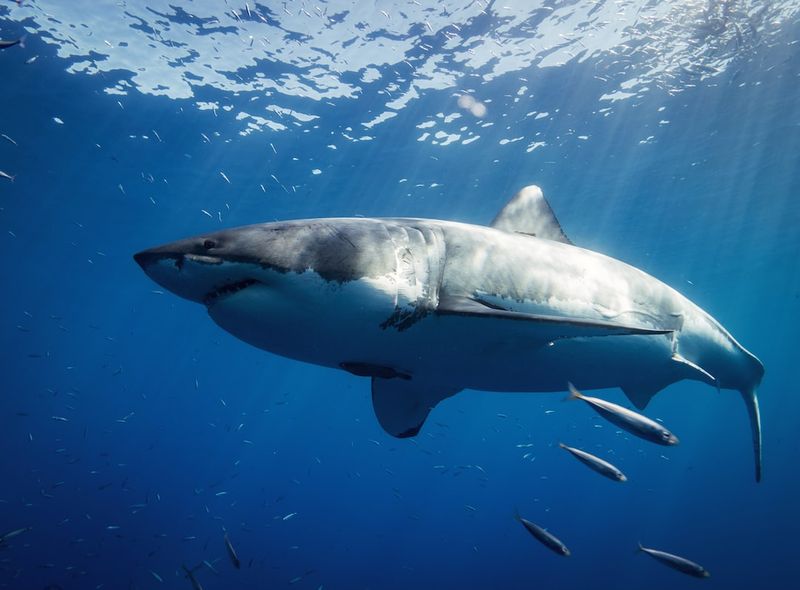Shark Attack Journalism: Responsible Reporting or Sensationalism?
Introduction
Shark attacks have been a hot topic in the news recently, with many media outlets using sensational headlines to grab attention. The rise of video sharing platforms has also led to an increase in graphic footage of these attacks being shared online. As a result, the ethics of reporting on shark attacks has come under scrutiny, with some questioning the responsible reporting of these incidents.
The Ethics of Reporting on Shark Attacks
Journalists have a responsibility to report on news events in a fair and responsible manner, being mindful of the potential impact their reporting may have on individuals and communities. Reporting on shark attacks is no exception. While it is important to bring attention to incidents of shark attacks and their potential danger, the sensational reporting of these attacks can lead to unnecessary fear and panic.
The Impact of Sensational Reporting
Sensationalist reporting on shark attacks can have a detrimental impact on both individuals and communities. It can create an unjustified fear of sharks, leading to negative attitudes towards these animals that are crucial to our ocean’s ecosystem. It can also harm local economies that rely on tourism, as visitors may be deterred from visiting beaches due to sensational reports of shark attacks.
Responsible Reporting on Shark Attacks
Responsible reporting on shark attacks requires a level of sensitivity and awareness of the impact that such reports may have. Journalists should focus on providing factual information rather than sensationalizing the incident. This includes providing information about the frequency of shark attacks, the types of sharks involved, and any preventative measures that can be taken to reduce the risk of future incidents.
Using Video Footage
The use of graphic video footage of shark attacks is another issue that must be addressed. While such footage can be used to raise awareness of the dangers of these animals, it can also be highly traumatic for viewers. Journalists should be careful when deciding to share graphic footage, taking into account their responsibilities to their viewers and the potential harm such footage may cause.
Conclusion
Reporting on shark attacks requires a careful balance between raising awareness of potential dangers and avoiding sensationalism. Journalists should prioritize responsible reporting and consider the impact their reporting may have on individuals and communities. Ultimately, the goal should be to inform and educate, rather than to promote fear and panic.

<< photo by Gerald Schömbs >>
You might want to read !
- “The Expendables 4: Editorial Exploration on 9 Must-Have Franchise Characters”
- The Conflicts and Resolutions: Exploring the Season 4 Finale of 'Never Have I Ever'
- Chris Licht and the Challenges of CNN’s Evolving News Strategy
- Egypt’s Beach Tourism Threatened by Fatal Shark Attack
- Celebrity vacations and the allure of Greece: Kelis and Bill Murray enjoy a summer getaway
- Reversing Taurine Production Could Increase Lifespan in Mice and Monkeys.
- “Uncovering the Dark Side of Jeffrey Epstein’s Blackmail Scheme Targeting Bill Gates”
- Is the media’s focus on celebrities’ personal lives a distraction from real issues?
- “The Personal Life of Conor McGregor: An Inside Look at the UFC Fighter’s Children and Their Ages”
- Egypt’s Red Sea resorts and the rarity of fatal shark attacks.




